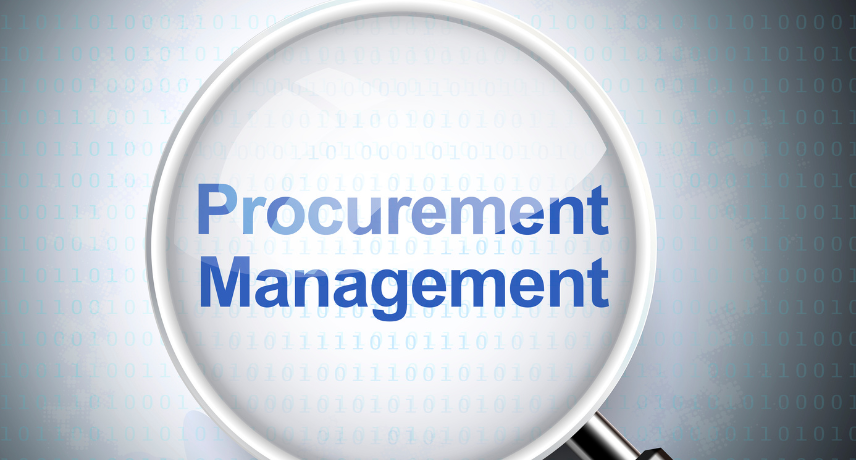
Enquiry Form
Procurement Software for SMBs: Features You Actually Need
Small and medium businesses (SMBs) face unique challenges in procurement—tight budgets, lean teams, and rapidly changing needs. Choosing the right procurement software can make or break your efficiency and cost control. But with so many platforms on the market, how do you know which features are essential—and which are just overkilled?
This guide will help you cut through the noise and find the best-fit procurement software for your SMB.
Must-Have Features for SMB Procurement Success
When resources are limited, you need procurement tools that streamline workflows without overwhelming your team. Focus on these essential features:
1. Supplier Management
Easily add, categorize, and track vendors. Look for tools that let you:
- Store contact and tax details
- Track vendor performance
- Set preferred supplier lists
2. Purchase Order (PO) Automation
Generate, send, and track POs digitally. Automated PO workflows reduce errors and speed up approvals.
3. Invoice Tracking and 3-Way Matching
Ensure that invoices match the original PO and goods receipt to avoid overpayments and fraud.
4. Approval Workflow Management
Route requests and POs to the right people automatically. This ensures compliance and eliminates bottlenecks.
5. Spend Reporting & Basic Analytics
Track how much you're spending, with whom, and where you can save. Simple dashboards are often enough for SMBs.
6. Integration with Accounting/ERP Tools
Sync procurement data with tools like QuickBooks, Zoho Books, or Tally to avoid duplicate entries and improve financial reporting.
Features SMBs Can Skip (At Least for Now)
Some software platforms offer extensive features better suited for enterprises. For SMBs, these can add complexity without real value:
- AI-powered sourcing engines: Great for multinationals, but often unnecessary for SMBs with fewer vendors.
- Advanced contract lifecycle management (CLM): If you don’t handle high volumes of complex contracts, skip it.
- Deep supplier risk monitoring with geopolitical data: Useful for global supply chains—not essential for local operations.
- Custom-coded workflows: Most SMBs can manage with pre-built or low-code workflow tools.
Budget-Friendly Procurement Platforms for SMBs
Here are a few tools that balance affordability and functionality:
- Precoro – User-friendly and built for SMBs with solid PO and invoice management.
- ProcurementExpress.com – Simple and intuitive, great for small teams.
- BusinessEzee – Offers procurement as part of an all-in-one small and medium business suite.
- Zoho Inventory – Ideal for SMBs already using the Zoho ecosystem.
Procurement Software Evaluation Checklist for SMBs
Use this checklist when comparing solutions:
✅ Easy vendor management ✅ Automated PO creation and tracking ✅ Invoice matching and basic reporting ✅ Pre-set approval workflows ✅ Mobile access (optional but useful) ✅ Integrates with your existing accounting software ✅ Scalable pricing based on team size ✅ Good customer support and onboarding
Conclusion
Procurement software doesn’t have to be complex or expensive to deliver value. By focusing on must-have features and avoiding enterprise-level add-ons, SMBs can streamline operations, save time, and cut unnecessary spending. Choose a tool that matches your size, workflow, and growth plan—not just the flashiest feature list.